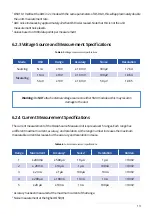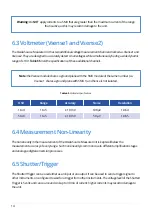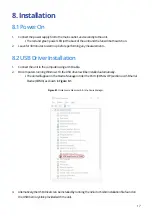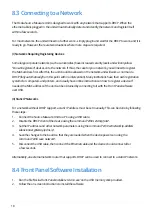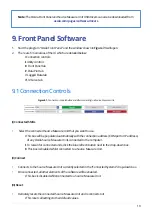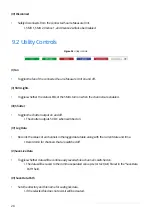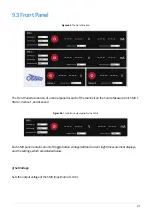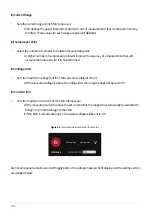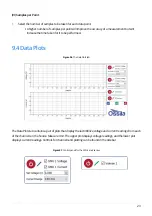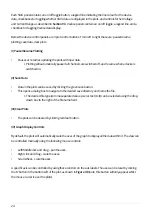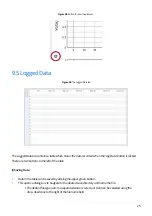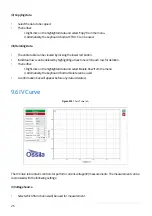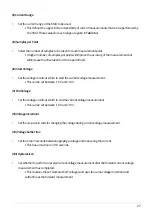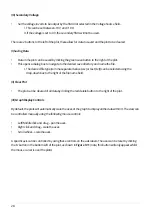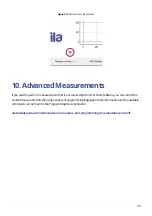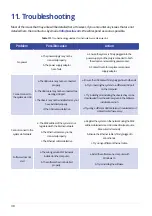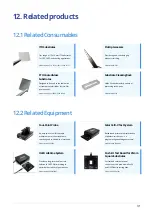
27
(II) Current Range
•
Set the current range of the SMU to be used.
I. This defines the upper limit and sensitivity of current measurements that can be performed by
the SMU. These values for each range are given in
Table 6.4
.
(III) Samples per Point
•
Select the number of samples to be taken for each measurement point.
I. A higher number of samples per point will improve the accuracy of the measurement but
will increase the time taken for it to be performed.
(IV) Start Voltage
•
Set the voltage in volts at which to start the current-voltage measurement.
I. This can be set between -10 V and +10 V.
(V) End Voltage
•
Set the voltage in volts at which to end the current-voltage measurement.
I. This can be set between -10 V and +10 V.
(VI) Voltage Increment
•
Set the step size in volts for changing the voltage during current-voltage measurement.
(VII) Voltage Settle Time
•
Set the time in seconds between applying a voltage and measuring the current.
I. This has a maximum of 10 seconds.
(VIII) Hysteresis I-V
•
Set whether to perform a reverse current-voltage measurement after the forward current-voltage
measurement has completed.
I. This reverses the set ‘start’ and ‘end’ voltages and uses the same voltage increment and
settle time as the forward measurement.

